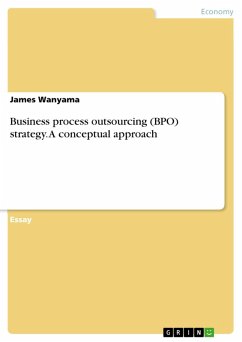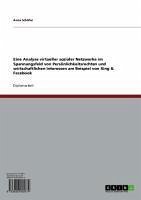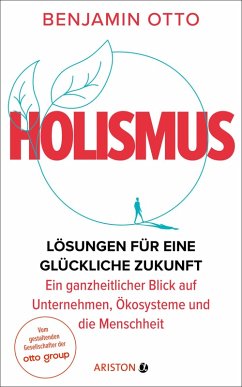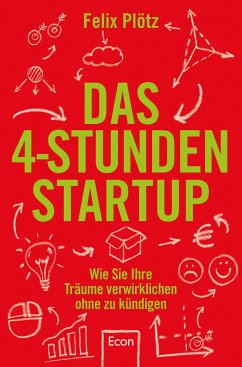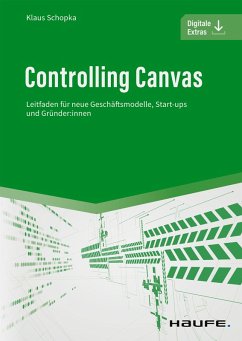
Valuing young companies. A member-based approach (eBook, ePUB)
Versandkostenfrei!
Sofort per Download lieferbar
36,99 €
inkl. MwSt.
Weitere Ausgaben:

PAYBACK Punkte
0 °P sammeln!
Diploma Thesis from the year 2015 in the subject Business economics - Miscellaneous, grade: Distinction (90), University of Bradford (School of Management), course: Applied Management and Enterprise, language: English, abstract: Purpose: This study sought to enhance the process of valuing young companies with a high potential for growth, by considering the link between the member base and the market value of the company. Outcomes were supposed to be an increase in predictive potential concerning young companies and their value as investments. A potential integration of more accurate methods wo...
Diploma Thesis from the year 2015 in the subject Business economics - Miscellaneous, grade: Distinction (90), University of Bradford (School of Management), course: Applied Management and Enterprise, language: English, abstract: Purpose: This study sought to enhance the process of valuing young companies with a high potential for growth, by considering the link between the member base and the market value of the company. Outcomes were supposed to be an increase in predictive potential concerning young companies and their value as investments. A potential integration of more accurate methods would lead to a significant rise in profits for investment companies. Moreover, the resulting increase in trust in risky projects through better understanding of their value would also increase the number of new innovations. Hence, more funding would be available due to decreasing investment risk. Methodology: Following the Platonist philosophy proposed by Lomas (2011), the study incorporated three steps. First, an intensive investigation revealed factors which have an impact on the value of companies, and evaluated traditional approaches. The second step was to predict the potential of the new methods based on the member base of the organisation. Finally, the last step was deployed in a mixed case study approach following the recommendations of Yin (2009), where these predictions were challenged. In particular, LinkedIn, Xing and Viadeo were chosen to challenge the proposed method based on the research of Krafft et al. (2005) and Kemper (2010). Findings: The literature review was able to reveal several gaps in traditional methods, particularly when it comes to valuing young companies. Additionally, primary research - more precisely, qualitative interviews - revealed that traditional calculations are, at best, used as secondary sources, when it comes to the value of a young company. Accuracy was revealed by the interviews to be acceptable given the high potential for profit. But, considering the low success rate of 30% to 50%, a high potential for more accurate prediction was revealed. The model was successfully deployed in the case studies, where qualitative and quantitative data was used to determine the value of each company under consideration for several different time periods. The direct comparison of traditional valuation methods with the new proposed method revealed the high potential of the member-based method. It has been established that the new model can considerably increase the accuracy of the valuation and assist in predicting member base growth.
Dieser Download kann aus rechtlichen Gründen nur mit Rechnungsadresse in A, B, BG, CY, CZ, D, DK, EW, E, FIN, F, GR, HR, H, IRL, I, LT, L, LR, M, NL, PL, P, R, S, SLO, SK ausgeliefert werden.




